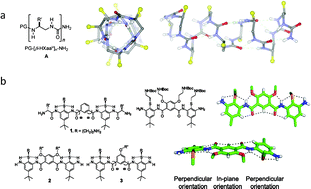Antimicrobial macromolecules: synthesis methods and future applications
Abstract
This review article presents important and recent progress in the manufacture and application of antimicrobial

* Corresponding authors
a
School of Chemical and Biomedical Engineering, 62 Nanyang Drive, Nanyang Technological University, Singapore
E-mail:
SLeong@ntu.edu.sg
Fax: +65 6794 7553
Tel: +65 6316 8775
This review article presents important and recent progress in the manufacture and application of antimicrobial

 Please wait while we load your content...
Something went wrong. Try again?
Please wait while we load your content...
Something went wrong. Try again?
P. Li, X. Li, R. Saravanan, C. M. Li and S. S. J. Leong, RSC Adv., 2012, 2, 4031 DOI: 10.1039/C2RA01297A
To request permission to reproduce material from this article, please go to the Copyright Clearance Center request page.
If you are an author contributing to an RSC publication, you do not need to request permission provided correct acknowledgement is given.
If you are the author of this article, you do not need to request permission to reproduce figures and diagrams provided correct acknowledgement is given. If you want to reproduce the whole article in a third-party publication (excluding your thesis/dissertation for which permission is not required) please go to the Copyright Clearance Center request page.
Read more about how to correctly acknowledge RSC content.
 Fetching data from CrossRef.
Fetching data from CrossRef.
This may take some time to load.
Loading related content
